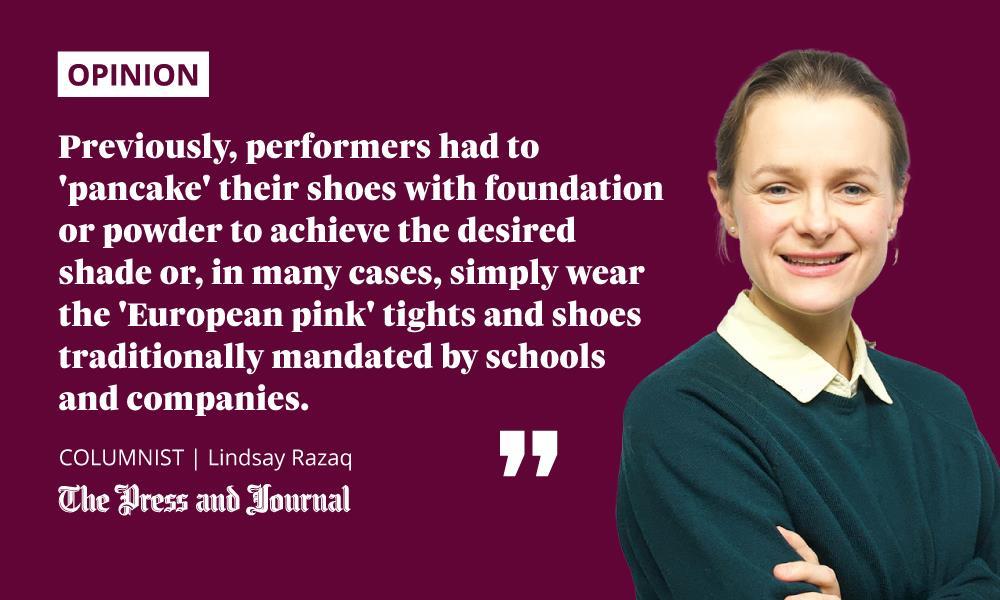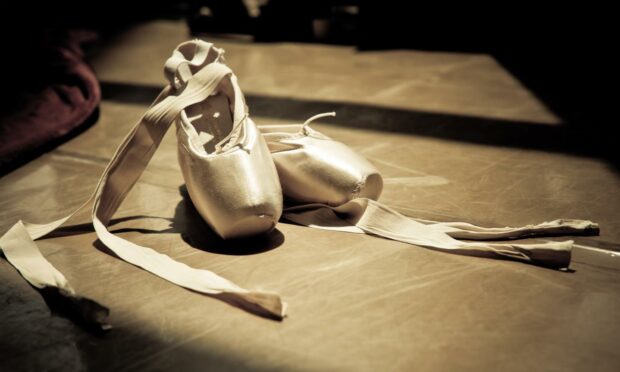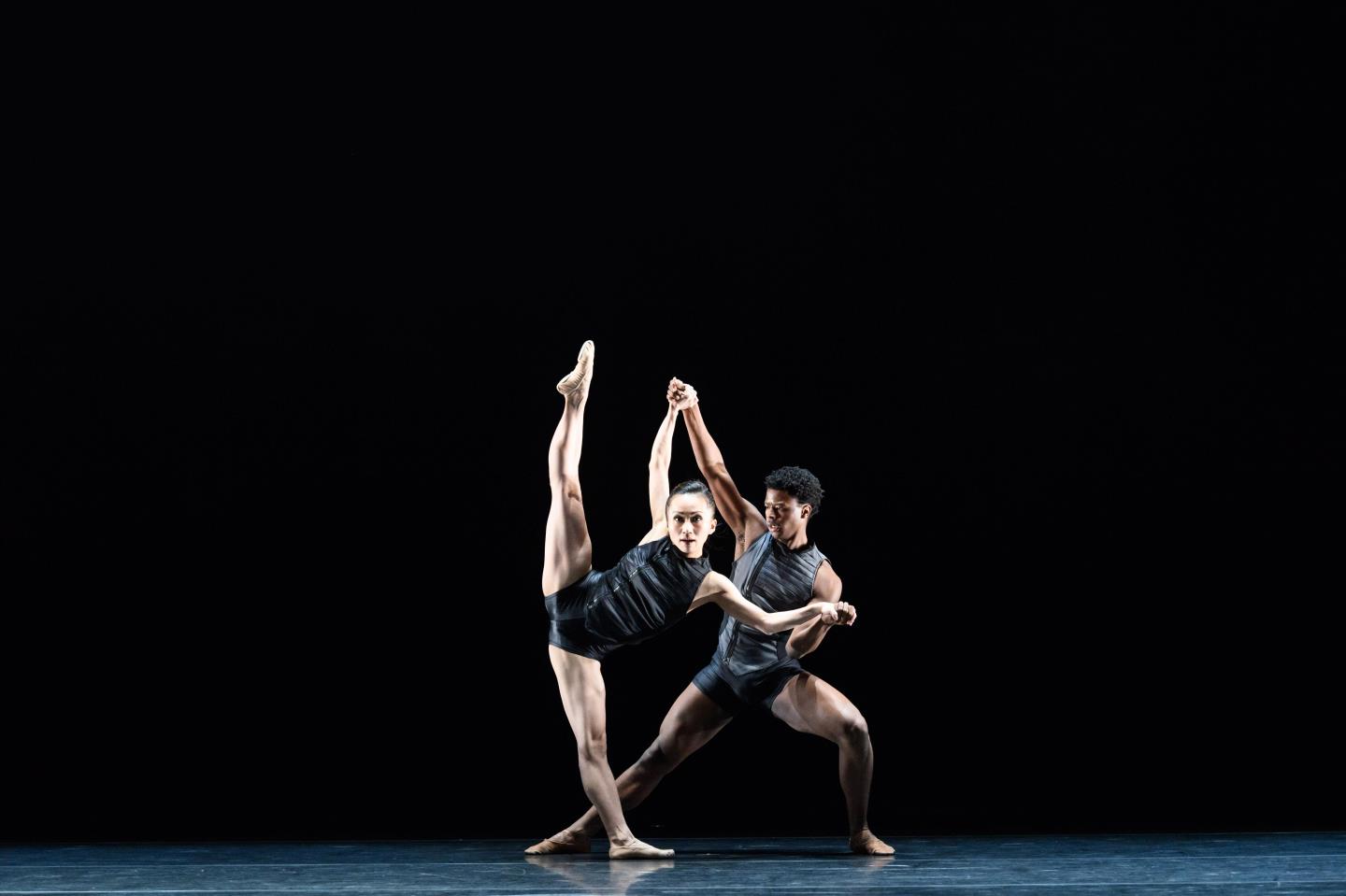“I’ve danced all my life. I can’t believe I’m in my 60s and finally getting to learn the Sugar Plum Fairy.”
I’m chatting to one of the women in my ballet lesson. Yes, you heard right.
Not a barre class, but old school ballet. And, yes – again – you heard right.
We are, indeed, attempting the Dance of the Sugar Plum Fairy from The Nutcracker. Many an aspiring ballerina’s dream.
I just wish I could be a little more fairy and a little less plum. Quite a bit less, in fact. OK, a lot less.

I gave up ballet at 17, so why return to it aged 37, after a 20-year gap, you may ask?
Well, as is often true these days, my inspiration was my four-year-old daughter, Maya, who discovered a school pal had started and subsequently badgered us until we let her give it a try.
She’s super cute in her lilac leotard and matching floaty skirt – perfect for self-indulgent, living room spins. And I’m excited to endure the probably excruciating – at least to begin with – dance shows.
Yet, her latest hobby choice, specifically the process of getting her kitted out, has also prompted much soul-searching on my part. And absolutely, rightly so. Because – I’m ashamed to admit – without a second thought, I bought Maya, whose father is of Pakistani heritage, the same pink tights and shoes I wore.
It wasn’t until I was in bed that night – with a rising sick feeling – that I suddenly realised my mistake.
I should be able to anticipate challenges for my children before they emerge
My daughter has brown skin. But I automatically opted for uniform to match white, “European” tones.
By way of an explanation – I won’t call it a defence – these were the items the assistant at our local dancewear shop brought out from the stock room. Moreover, a straightforward internet search reveals that pointe shoes for Black and brown ballerinas were released in the UK for the first time only three years ago.
Freed of London, which collaborated with Ballet Black, a professional ballet company that celebrates dancers of Black and Asian descent, followed up with the same for the basic ballet pump a year later.
Previously, performers had to “pancake” their shoes with foundation or powder to achieve the desired shade or, in many cases, simply wear the “European pink” tights and shoes traditionally mandated by schools and companies.
I acted like a white person who has always had the luxury of never having to take skin colour into consideration, to whom the so-called ‘standard’ option has consistently applied
I’m aware that none of this excuses my carelessness, however; my failure to even contemplate that Maya might need different equipment to her mum.
I acted like a white person who has always had the luxury of never having to take skin colour into consideration, to whom the so-called “standard” option has consistently applied. Because – for all my efforts to be informed and set an example – the unpalatable truth is that I am that white person.
Obviously, this isn’t good enough.
I’m not suggesting I can ever know what it’s like to be Black or brown, regardless of how many times I witness my Asian husband mistaken for someone’s Uber driver or the waiter. Unforgivably, I’ve been guilty of a similar assumption myself, and after I was married, no less.
But, where my children are concerned, I should be able to anticipate challenges before – not after – they emerge. Mr R and I also owe it to them to ensure the dual nature of their background doesn’t get lost as they grow up.
Entrenched stereotypes limit ambition
Some of you reading this will no doubt accuse me of making a mountain out of a molehill. Let me assure you, I’m not.
My error was easily corrected. I’ve now bought Maya brown tights and shoes, although she still intermittently wants to wear the pink – a painful reminder each time of the potential consequences of my every parenting decision.
But, think for a minute about the messaging here.
Misty Copeland, who became the first African American female principal dancer with the American Ballet Theatre in 2015, referred in a recent interview to the “many little symbols” that have “not allowed Black people to feel that they should be a part of this art form”, listing the attire as an example.
She added: “If that doesn’t say it, that you don’t belong, then I don’t know what will in the most, you know, subliminal way.”
These entrenched, harmful stereotypes that limit ambition – and in turn opportunity – have to be defeated. The status quo, hugely powerful in shaping society’s views, must be remoulded where there is inbuilt inequality.
I don’t mind embarrassing Maya with my wannabe Sugar Plum Fairy moves. That’s inevitable.
I can take it if she doesn’t fancy starring in a mummy-daughter production any time soon.
But, when it’s important, I mustn’t let her down again.
As the white mother of two mixed-race children, I must strive to play my tiny role in improving our world for those who come next.
Lindsay Razaq is a former Westminster correspondent for The Press & Journal

